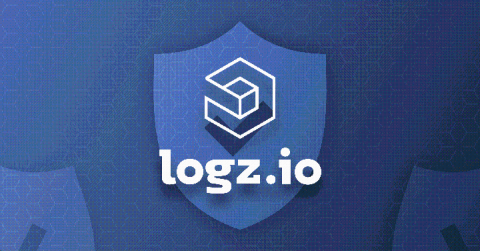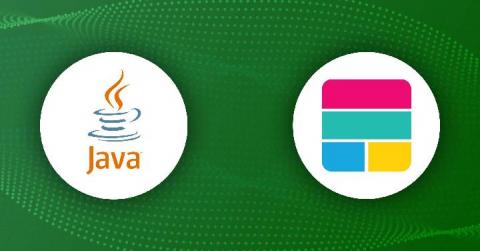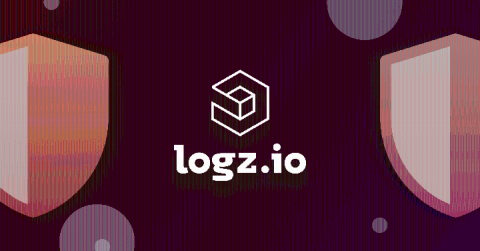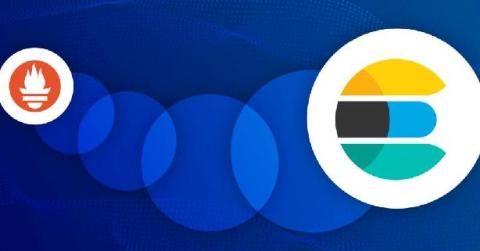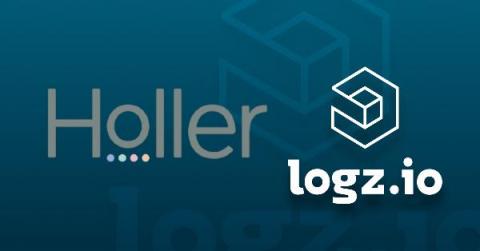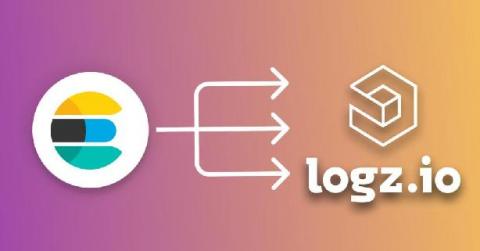Using Private Threat Intelligence Feeds on Hidden Security Attacks with Logz.io
Oftentimes, security attacks that were clearly recorded in logs go unnoticed. They are obscured by a large sea of log data created by most modern cloud environments. In some cases, like during a DDoS attack, there will be a huge spike in logs so it will be very clear what happened. In other situations, just a few logs will document the attack. Finding these logs can be like finding a needle in a hay stack. But if you know what to looks for, it doesn’t need to be so hard to spot these attacks.


